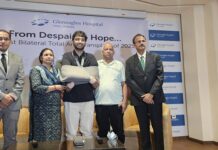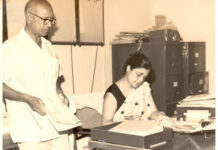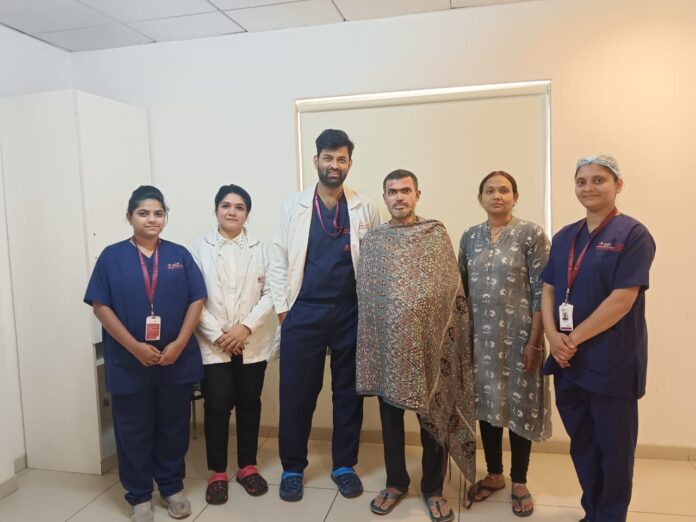The Intensivist and Critical Care team at the American Oncology Institute (AOI), Nangia Specialty Hospital, Nagpur, successfully treated a 34-year-old male patient who sustained severe burn injuries. The patient, with burns covering 45% of his body surface area, arrived at AOI Nagpur with respiratory distress and hypotension, necessitating immediate isolation ICU intervention.
Dr. Amol Parate, Intensivist and Critical Care Specialist at AOI Nagpur, reported that the patient initially responded well to aggressive fluid therapy and pain management. However, complications arose, including a bloodstream infection, septic shock, and acute kidney injury. Dr. Parate highlighted the team’s dedication and expertise in managing these severe complications, ensuring the patient’s recovery through diligent monitoring and tailored treatment plans.
Dr. Hrushikesh Phate, Facility Director at AOI Nangia Specialty Hospital, emphasized the importance of the collaborative efforts of the medical team. He praised the team’s combination of expert skills and empathetic approach, which provided both medical and emotional support to the patient. This synergy of expertise and compassion was crucial in navigating the complexities of the patient’s treatment and achieving a successful outcome.
Dr. Amit Dhawan, Regional Chief Operating Officer of AOI Central Region, remarked on AOI’s capability to handle challenging medical situations, citing their advanced technology and experienced staff as key factors in managing burn injury complications. He reaffirmed AOI’s commitment to delivering exceptional patient care.
Following culture and sensitivity reports, antibiotics were escalated, leading to improved blood pressure and kidney function stabilization after a seven-day treatment course. The patient underwent multiple debridement procedures and dressing changes to manage his burn wounds. Despite further setbacks, including septic shock from a multidrug-resistant organism, the medical team adjusted antibiotics to polymyxin therapy, supported by vasopressors, resulting in significant improvement.
After a two-month hospital stay, which included skin grafting, the patient was discharged in stable condition, marking a remarkable milestone in his recovery journey.
























